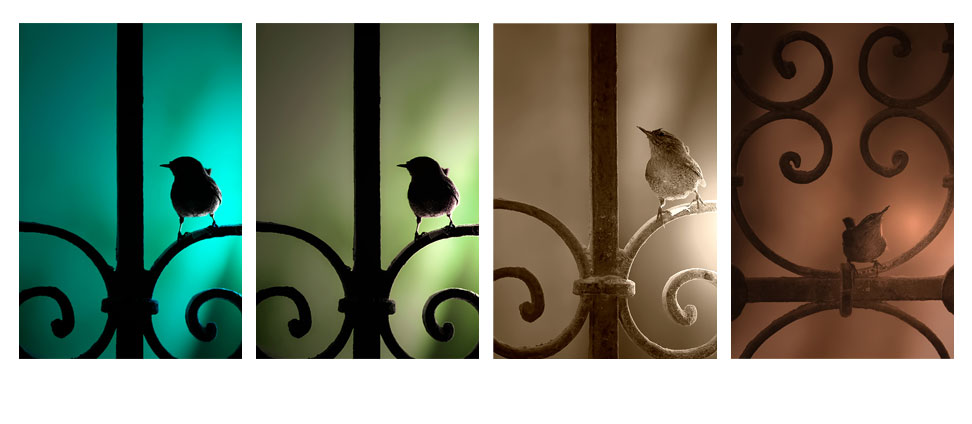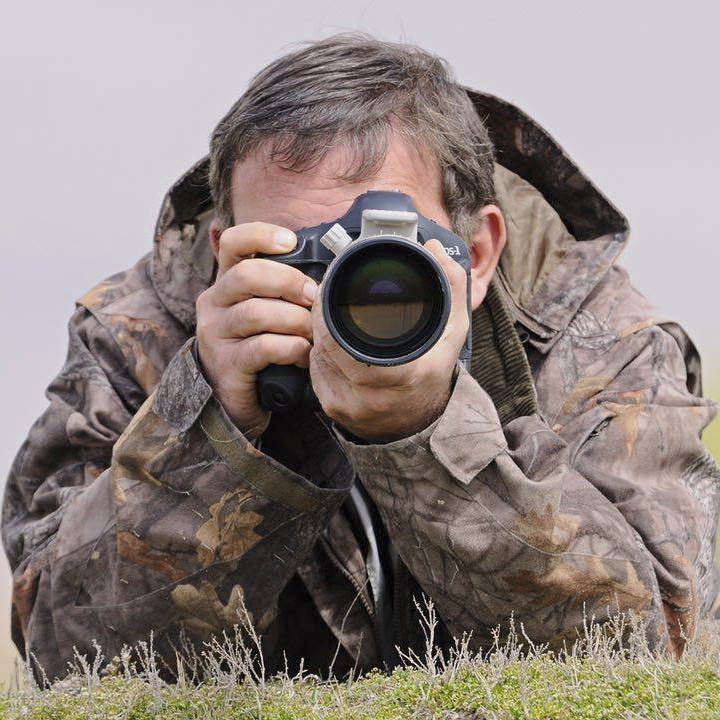The Last Guests of Our Ancestral Home
I am in Ordu for the restoration of a historic house inherited from our grandfathers. The preparation of project plans and obtaining permits from the Cultural Heritage Preservation Boards took us nearly two years. The challenging bureaucratic hurdles have been overcome, and now everything is ready. We are about to meet with the craftsmen and begin the work. Ahead of us lies a long and meticulous process, starting with the removal of the roof and plaster of the traditional bağdadi (timber frame) structure. We are eager to get started as soon as possible.
Before meeting with the craftsmen, I started walking around the house to take notes and inspect the structure. Just as I was about to step out after completing my notes, a sound caught my attention.
"Chirp-chirp-chit-chit-chit-chirp..."
I could hear the call of a Eurasian Wren (Troglodytes troglodytes) coming from inside the house. I turned around and looked back into the house, and there it was—perched on the iron bars of the window right in front of me. I stood still for a moment, trying to understand its intent. It, too, seemed to wait, assessing whether the environment was safe. Then, as if reassured, it flew inside and disappeared into a small gap between the ceiling and the wall.
The moment it entered, the cheerful sounds of its chicks filled the space, making the atmosphere even more lively.

This tiny bird, weighing only 8-10 grams, must not have believed we could obtain the permits so quickly, as it had chosen to nest among the wooden laths of the ancestral home during this breeding season.
When the craftsmen arrived and we discussed the tasks ahead, they said they could start dismantling the roof and removing the plaster immediately.
"The roof is fine, but we haven’t completed the permits for the plaster yet," I said.
"Who else do we need permission from, brother?"
"From the wren."
"???"
"A bird has built a nest downstairs. We must stay away from that section until the chicks have fledged. I think they need at least two more weeks."
The craftsmen exchanged amused glances and tried to offer different suggestions to convince me otherwise, but it didn’t take long for them to realize I was determined.
The dismantling of the roof and the removal of exterior plaster in areas that wouldn’t disturb the birds would proceed, while the rest of the work would wait until the chicks had flown. The craftsman responsible for the plaster removal called a colleague he had arranged to help with the interior plaster. Struggling to explain the situation involving a bird, a nest, and similar concerns, he finally ended the call with, "I’ll explain in the evening." He couldn’t very well say, "There’s a crazy guy here who has managed to overcome all bureaucratic obstacles, only to get stuck on a bird," while I was standing next to him.
The next day, as the roof and exterior plaster removal began, I observed the little wren to see if it was disturbed. Though slightly uneasy at first, it continued feeding its chicks. By the second day, it seemed even more comfortable. Before entering the nest, it would pause on the iron bars of the window, scanning the surroundings for safety, always using the same window for entry and exit.
The decorative ironwork on the windows, crafted in the 1890s with incredible workmanship and no welding, provided a stunning backdrop. Photographing the wren against those historic motifs was an appealing idea. However, the lighting conditions were challenging. The window was on the street-facing side of the house and positioned high, making it impossible to shoot from outside. Pointing a flash at the wren, already struggling to adjust to the noisy environment, wasn’t a great idea either. The green tarp covering the building’s exterior filtered the incoming light beautifully, creating an interesting setting for backlight photography.
Since I had no other lens with me, I had to work within a narrow space with my 600mm lens. Framing the bird alongside the motifs while maintaining the minimum focusing distance was tricky. Eventually, I found a suitable spot for my 600mm. Initially, I shot at high ISO, but when I wasn’t satisfied with the results, I experimented with backlighting. I needed the bird’s cooperation in positioning itself within the frame, but it wasn’t particularly helpful—often turning in the opposite direction in its most beautiful and characteristic poses. Still, I managed to capture a few worthwhile shots. The wind made the tarp ripple, which, though challenging for consistent lighting, created beautiful effects in the background.
On the eleventh day, the chicks fledged, and our ancestral home had hosted its last guests. It was finally ready for restoration. The work is still ongoing, and when it’s finished, the wall beside that window will be adorned with those very photographs.



